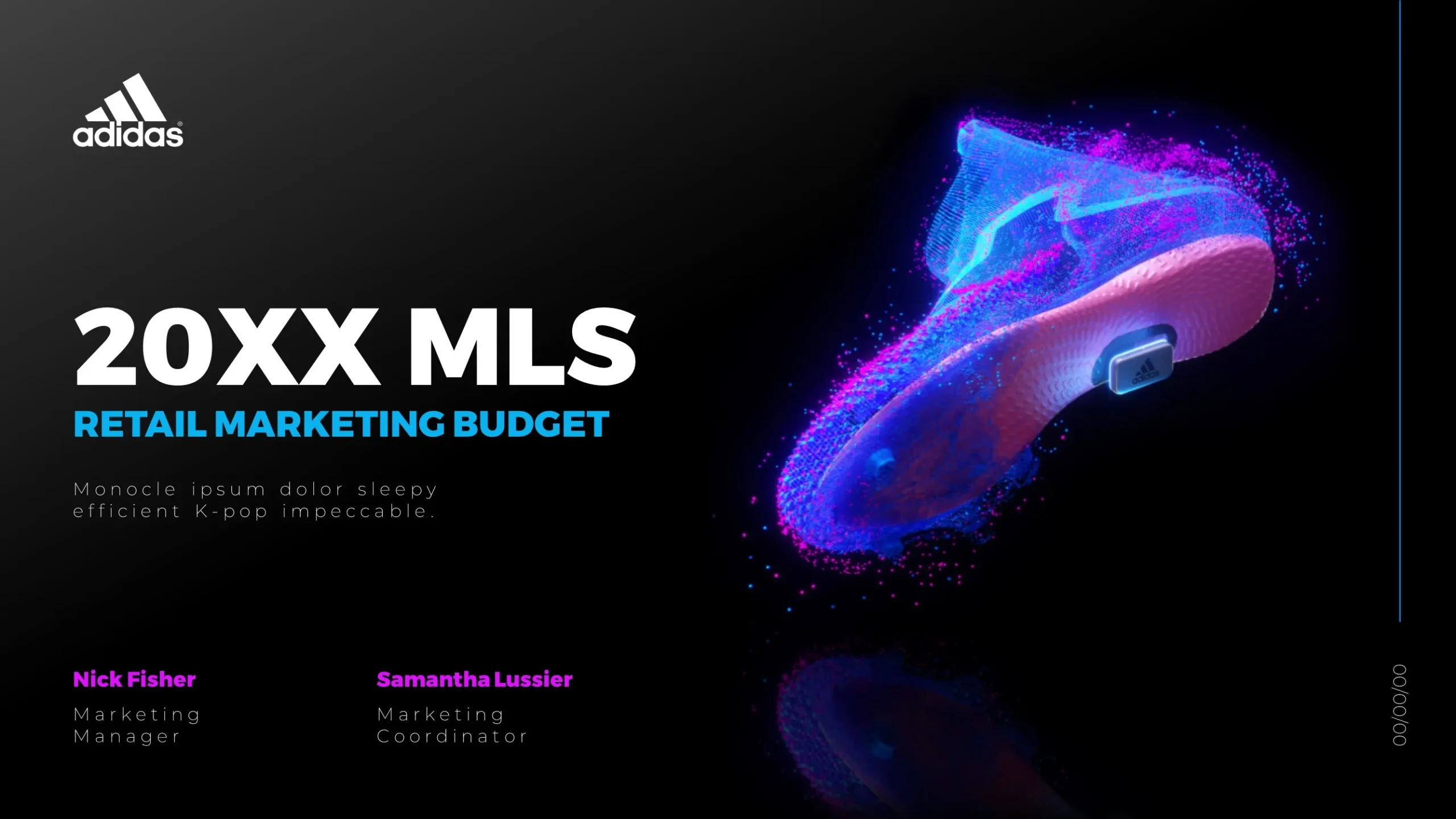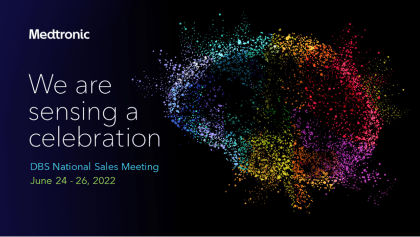In recent years, the design of infographics has evolved significantly, particularly in the realm of presenting complex scientific data. The latest trends focus on enhancing clarity, engagement, and accessibility for diverse audiences. One prominent trend is the use of minimalist design principles that prioritize essential information while eliminating unnecessary clutter. This approach allows viewers to grasp complex concepts quickly without feeling overwhelmed.
Another key trend is the integration of interactive elements into infographics. By allowing users to engage with data dynamically—such as through sliders or clickable charts—designers improve comprehension and retention of intricate information. Data visualization tools have also become more sophisticated, enabling designers to create visually compelling graphics that transform raw data into digestible formats like heat maps or 3D models.
Color psychology plays a crucial role in contemporary infographic designs as well; using color strategically can highlight critical findings or differentiate between datasets effectively while maintaining visual harmony. Additionally, storytelling techniques are increasingly prevalent in infographic design; by weaving a narrative around scientific data, designers can provide context and relevance that resonates with audiences on a personal level.
Lastly, responsiveness is vital as more users access content via mobile devices; ensuring infographics are adaptable across various screen sizes enhances user experience and broadens reach.
View Our Presentation Portfolio










